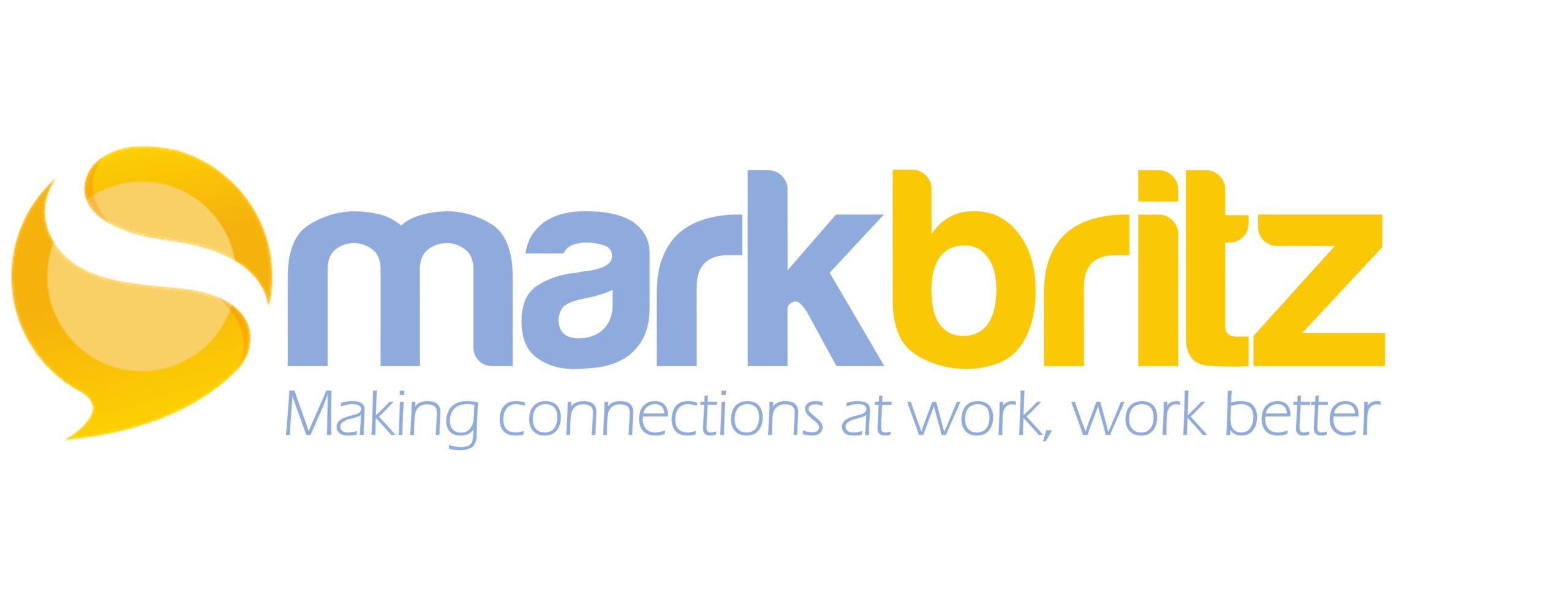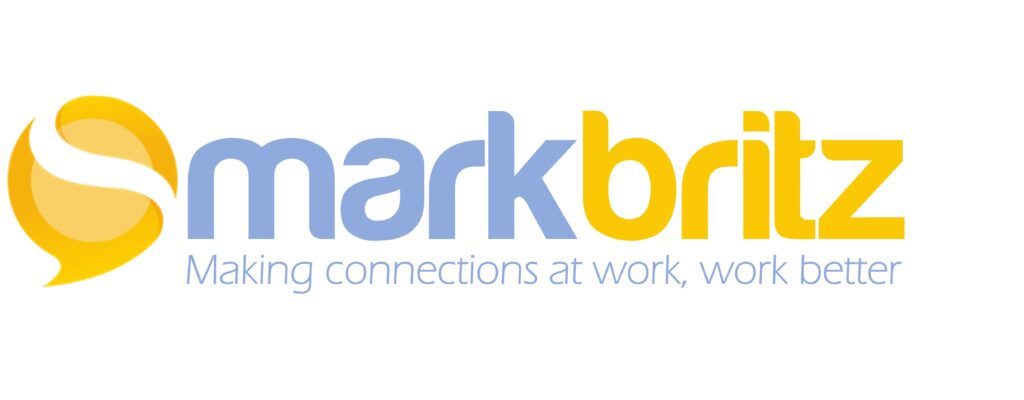There are really only two reasons we still have annual reviews, well maybe three. First it’s legacy. Your grandmother had annual reviews. It’s just what is done, usually in Q4 when revenue is better understood and the calendar year is coming to an end so it ties in with compensation – a nice little bundle. And that leads to the second reason; convenience. Just 2x a year do we have to “deal” with this issue. Set some goals in January and review how well they were accomplished in December; set, scheduled, delivered. And finally, a third reason and one that is really more recent, the advent of the HRS. The Human Resource System is a software system that locks you into the archaic process that most organizations never questioned. Now with a system that requires unique skill sets and of course a significant price tag it’s really hard to justify changing. Here’s why – add these 3 factors up and you’re ultimately up against some serious cognitive dissonance; “We’ve always done this, it’s convenient, and we have a shiny system in place… it must be right!”
OK, I made my case. This isn’t going to be easy but that shouldn’t hold you back from pushing for what is right.
We all know the obvious things that happen for the business when we break free and shift from annual reviews to more continual ones – feedback is timely and today’s work is improved. Got it. But here’s the less obvious, if done right, continual feedback isn’t just more frequent, the space between when it happens and when it doesn’t happen actually disappears, the friction of process is gone and friction in business is a bad thing. The “scheduled more periodic” becomes the “ongoing conversation”, managers manage less and support more; “try this”, “have you considered…”, “who else can help…”, “what about doing…”. Yes, you’ll still need to work out the compensation stuff as that too will need to be more incremental and frequent but in an age of Venmo and PayPal you have to figure that any HRS system worth it’s salt will evolve.
Reducing friction is the key measure of success in a social organization. So not only is feedback timely and work improved but new ideas too can just flow, engagement increases, the stress of proving value and meeting months old goals is eliminated, an increase in openness and transparency results – more social, less friction, better business.

